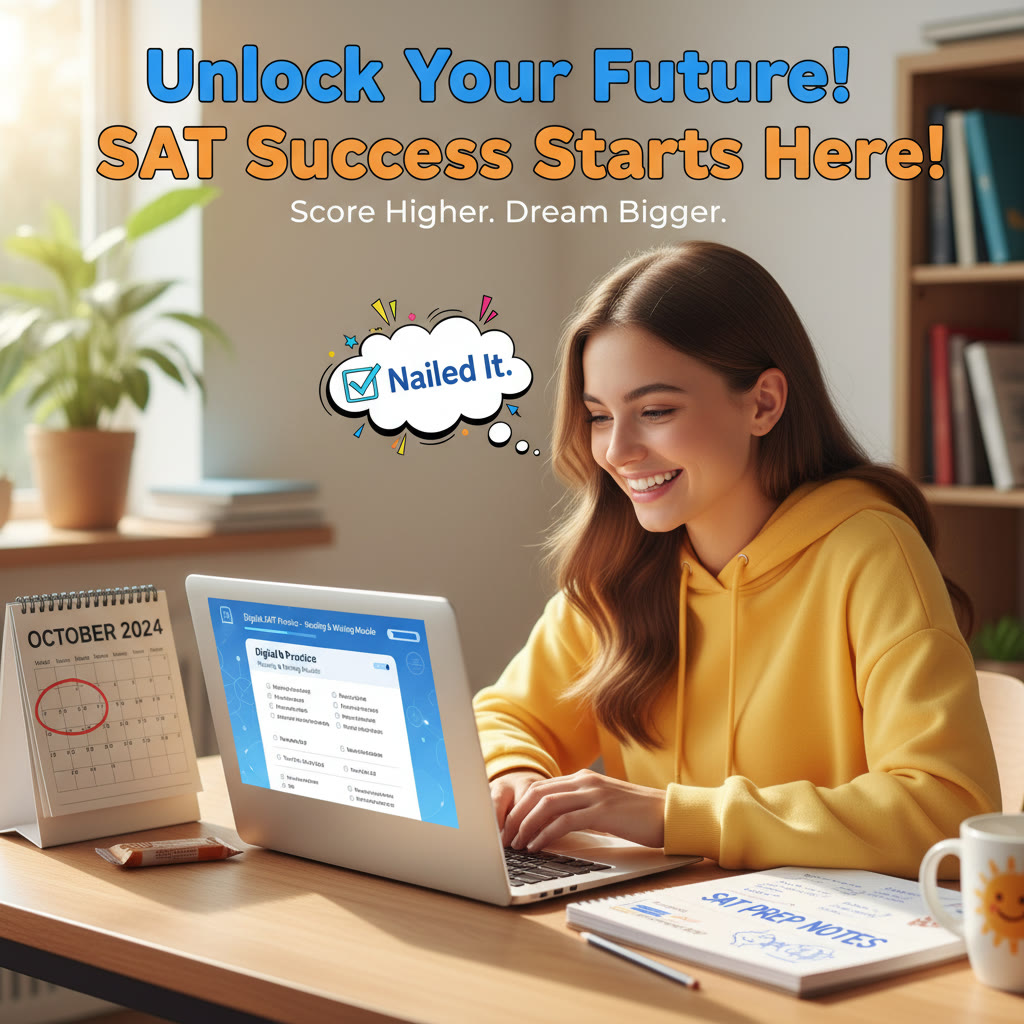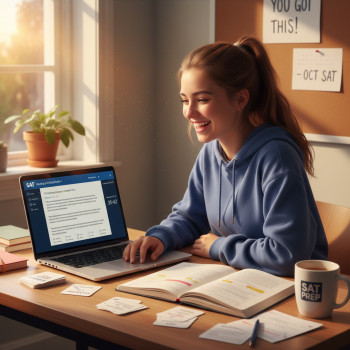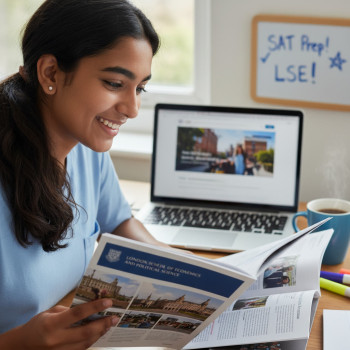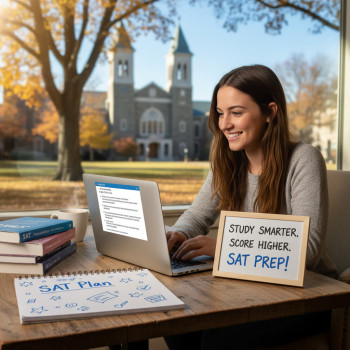Understanding Georgetown’s SAT Requirements: The Big Picture
If you’re reading this, you (or your student) are probably balancing classwork, activities, essays, and the ever-present question: “What do I need to get into Georgetown?” Let’s cut through the noise. Georgetown University is highly selective, and standardized testing has historically been a meaningful piece of that admissions puzzle. With the move to the Digital SAT and the shifting policies of colleges nationwide, it’s natural to feel uncertain. This guide gives a clear, student-friendly rundown of what Georgetown looks for, how to interpret score ranges, and practical steps you can take to make your application shine.

Is Georgetown test-optional or test-required?
Policies around testing have changed a lot since the pandemic. Some application cycles see Georgetown accepting scores as optional for certain applicants, while other cycles emphasize submission of standardized test scores. Because colleges can and do revise policy year to year, treat testing policy as dynamic: check Georgetown’s admissions page for the current cycle when you apply. In practical terms, though, most admitted students submit competitive SAT or ACT scores — and for applicants to highly selective programs, strong scores can help your application stand out.
What SAT Score Should You Target for Georgetown?
When counselors and students talk about target scores, they’re usually thinking about the middle 50% score range — that is, where the central half of admitted students scored. For Georgetown, the middle 50% SAT composite (on the traditional 1600 scale) has historically been high. As you prepare for the Digital SAT, aim above the median to make your application competitive.
Practical target ranges
- Highly Competitive Target: 1500–1560 — This makes you a strong contender, especially for more competitive programs.
- Competitive Target: 1420–1500 — You’re in the running, particularly if your GPA, rigor of coursework, essays, and recommendations are strong.
- Consider Bolstering Other Areas: Below ~1420 — If test scores fall here, emphasize exceptional coursework, leadership, unique talents, and strong essays; consider retesting or engaging in tailored tutoring.
Remember: Georgetown evaluates each application holistically. A slightly lower SAT score can be offset by exceptional essays, research, artistic achievement, or demonstrated leadership.
How the Digital SAT Changes the Game
The Digital SAT isn’t just the paper-and-pencil test on a screen — it’s redesigned in several thoughtful ways. It’s shorter, adaptive by section, and emphasizes problem-solving, evidence-based reading, and mathematical reasoning. If you’re preparing now, you’ll want to tailor study to the test’s format as much as to content. That means more timed digital practice, familiarizing yourself with the platform, and training on the adaptive nature: performance on an earlier module influences the difficulty of the following one.
Study adjustments for the Digital SAT
- Prioritize digital practice: simulate the exam environment on a laptop or approved device.
- Work on pacing and stamina: shorter, focused modules can mislead you into rushing; accuracy matters.
- Use official practice that mirrors adaptive sections to understand how your strengths and weaknesses will shape subsequent modules.
When to Take the Digital SAT: A Timeline for High Schoolers
Timing matters. A good schedule reduces stress and maximizes improvement opportunities.
Suggested timeline
- Sophomore Year: Take PSAT for experience and feedback; begin light SAT prep if you want an early baseline.
- Junior Year (Fall/Winter): Take a full-length practice Digital SAT and identify a target score. Start focused prep 3–6 months before your first official test date.
- Junior Year (Spring): Take an official Digital SAT if ready. Many students take two tests during junior year (spring and summer/fall) to improve scores.
- Senior Year (Early Fall): Final test if you want to raise your score. Avoid last-minute testing too close to application deadlines.
How Georgetown Uses SAT Scores in Admissions
Georgetown reads applications holistically. That means SAT scores are an important data point, but they’re considered alongside GPA, course rigor, personal essays, letters of recommendation, extracurricular depth, and demonstrated interest. For programs with additional evaluations (e.g., some interdisciplinary or specialized programs), scores may play a different role. Think of your SAT as a way to validate academic preparation—especially in math and evidence-based reasoning.
Tips for showing academic readiness beyond the score
- Rigor matters: Advanced coursework (AP, IB, honors) signals readiness for Georgetown’s academic environment.
- Consistent grades: Upward grade trends are persuasive if your scores are lower than you hoped.
- Context: Use your application to explain unique opportunities, responsibilities, or challenges that shaped your academic record.
Score-Send Strategies: What to Submit and When
You can (and should) be strategic about which scores you send. On the Digital SAT, you’ll have multiple test administrations to draw from. Many students use superscoring options and score choice policies to put their best foot forward, but check the specific version of Georgetown’s score policy for your application cycle.
Common approaches
- Send highest section scores if Georgetown accepts superscoring — this gives you the advantage of combining peak section performances across test dates.
- If superscoring isn’t accepted or the policy is unclear, send your single best test date that reflects balanced strengths across sections.
- Coordinate testing with application timeline — avoid sending a test score that won’t arrive in time for Early Action or Early Decision deadlines.
Real-World Examples and Scenarios
Here are a few short student vignettes that show how different elements of the application can interact with SAT performance.
Scenario A: Emma — The Scientist with Stellar Scores
Emma scored a 1530 on the Digital SAT. Her transcript shows AP Physics, AP Calculus, and a research internship. Her essays connect a science project to community impact. With a score in the highly competitive range and strong STEM credentials, she’s a well-aligned candidate for Georgetown’s rigorous programs.
Scenario B: Malik — The Artist with a Lower SAT
Malik’s SAT is 1370, below Georgetown’s typical middle range. But his portfolio and national arts awards are exceptional, and his grades in humanities and art classes are strong. For majors where talent or portfolio matters, the rest of his application can carry more weight. He might still retake the SAT to strengthen his academic case, while leaning into his artistic story in his application materials.
Scenario C: Priya — The All-Rounder Boosted by Tutoring
Priya was scoring around 1420 on practice tests. After a focused 10-week tutoring plan that included personalized drills, timed digital practice, and essay-review routines (with some AI-driven practice insights), she raised her score to 1510. That jump made a meaningful difference in how her application would be perceived.
Study Plan Blueprint: 12 Weeks to a Better Digital SAT
Below is a practical structure you can adapt based on baseline scores, time available, and goals.
| Week | Focus | Sample Activities |
|---|---|---|
| 1–2 | Diagnostic & Fundamentals | Take a full digital practice test; review missed concepts; set target score; create schedule. |
| 3–5 | Content Building | Math fundamentals (algebra, problem solving); reading strategies (evidence-based reading); daily practice sets. |
| 6–8 | Timed Practice & Strategy | Section-timed drills; adaptive practice; practice with the digital platform; review mistakes in depth. |
| 9–10 | Full-Length Simulations | 2–3 full official digital tests under realistic conditions; score analysis and targeted review. |
| 11–12 | Polish & Test Readiness | Light review, healthy habits, logistics check (ID, device, test center info), and confidence-building practice. |
How Personalized Tutoring Helps — A Note About Sparkl’s Support
General prep helps, but when your goals are ambitious — especially for Georgetown — tailored guidance can make a measurable difference. Personalized tutoring focuses time on your specific weaknesses, builds test-taking strategy for the digital format, and transforms practice into performance. Services like Sparkl offer 1-on-1 guidance, tailored study plans, expert tutors, and AI-driven insights to pinpoint high-leverage improvement areas. For many students, this kind of targeted support shortens the learning curve and increases score stability under test conditions.
What to expect from high-quality personalized tutoring
- Individual diagnostic and target-setting.
- Custom lesson plans focusing on content and strategy gaps.
- Regular full-length digital simulations and data-driven progress tracking.
- Coaching for non-cognitive factors — pacing, stress management, and exam routines.
Application Season Logistics: Deadlines and Practicalities
Georgetown’s deadlines matter. Here are a few practical tips for the test score side of your application logistics.
- Know your application deadline (Early Action vs. Regular Decision) and plan testing so scores arrive before that date.
- Official score reports can take time to transmit—request them early enough to avoid last-minute stress.
- If you plan to retest, factor in score reporting windows and registration deadlines for the Digital SAT.
Essays, Recommendations, and the Whole Application Ecosystem
Even with an excellent SAT score, admissions decisions hinge on the whole file. Your essays tell your story; recommendations add context about character and classroom contributions; extracurriculars show sustained impact. For Georgetown, fit and demonstrated interest can matter — so weave in why Georgetown’s values and community align with you.
How to make the most of essays and recommendations
- Use essays to show intellectual curiosity, resilience, and personal growth — details beat grand statements.
- Ask teachers who know you well for recommendations and give them time and context (resume, key projects) so they can write a vivid letter.
- Link achievements to impact: instead of listing activities, describe what you started, improved, or learned.
Common Questions from Families — Quick Answers
Q: If my SAT is lower than Georgetown’s middle 50%, should I still apply?
A: Yes. Georgetown evaluates applications holistically. If your score is lower, strengthen other parts of your application and consider retesting if time allows.
Q: Should I prioritize the SAT or AP scores?
A: Both matter in different ways. AP scores and the rigor of your coursework demonstrate subject mastery; the SAT provides a standardized comparison. Ideally, strong AP performance complements a competitive SAT.
Q: How many times should I take the Digital SAT?
A: Many students take the Digital SAT 2–3 times. Aim to improve with each attempt but avoid overtesting that eats into application-focused time like essays and recommendations.
Final Checklist: Preparing for a Strong Georgetown Application
- Set a realistic Digital SAT target score based on Georgetown’s competitive ranges and your desired program.
- Create a testing timeline aligned with application deadlines.
- Use a mix of content review, adaptive digital practice, and full-length simulations.
- Consider targeted 1-on-1 tutoring if you need structured acceleration — personalized plans and expert tutors can make preparation more efficient.
- Polish essays and secure thoughtful recommendation letters well before deadlines.
- Keep a calm, consistent routine: sleep, nutrition, and stress-management matter on test day.
Parting Thought: A Balanced, Confident Approach Wins
Georgetown is ambitious and inspiring — and so are you. The Digital SAT is an important piece of the application puzzle, but it’s not the whole picture. Treat testing as a chance to demonstrate preparedness, not as an identity-defining moment. With intentional practice, smart planning, and support that’s tailored to your needs, you can present an application that reflects both your academic readiness and your unique voice. If you’d benefit from structured, personalized help — targeted practice, an individualized plan, and coaching on test-day strategy — exploring 1-on-1 tutoring options like Sparkl could be a worthwhile step to help you reach your Georgetown goals.
Take a breath. Make a plan. Then take the next step — and remember: every strong application starts with steady, focused actions taken early.






















No Comments
Leave a comment Cancel